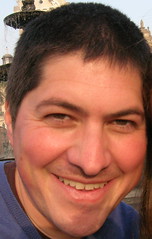7.18.2008
A land with many faces
- Hunting for megalodon teeth with Desert Man of Ica, who was recently written up in the New York Times. (Fortunately, we made our reservation before he became famous!)
- Shooting video in some remote (as in no electricity and little Spanish spoken) Quechua villages above Ayacucho for Fundación Comunidad.
- Meeting with Minka Fair Trade to see what interesting and marketable fair-trade products Peru might have to offer.
- Above all, showing my 10-year-old son, Sam, why the ancestral lands keep calling me back.

Sunrise in Machu Picchu, by thecsman

Lago Huacarpay, by Don Ball
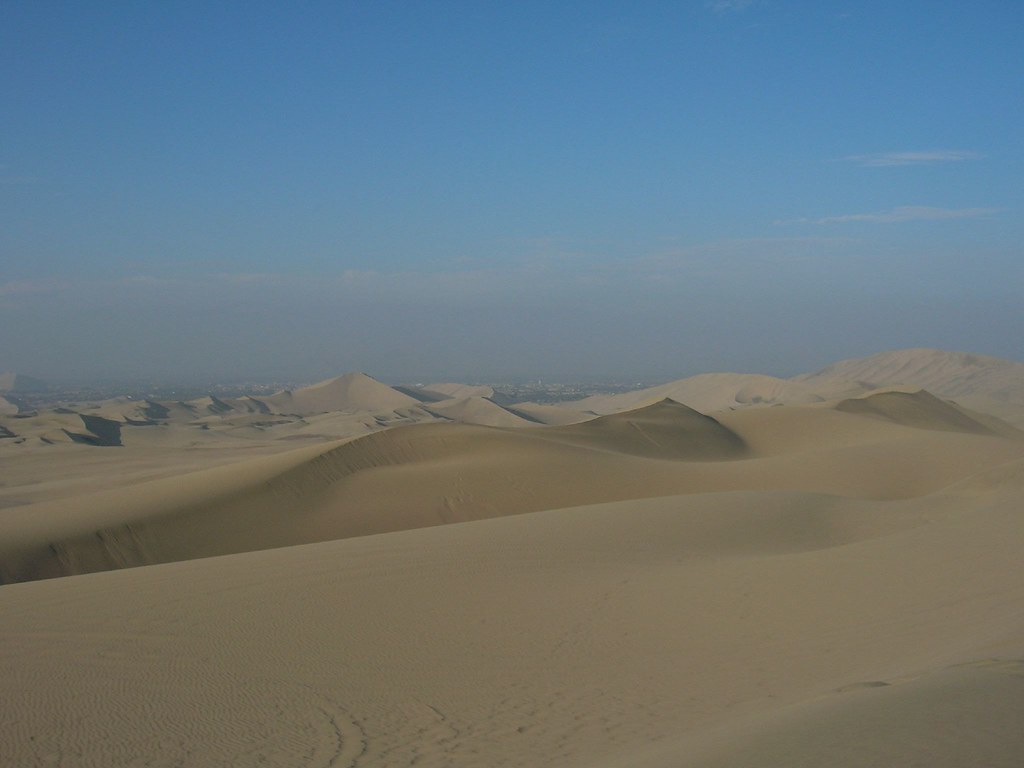
Dunes outside Ica, by Don Ball

Streets of Pisaq, by Don Ball
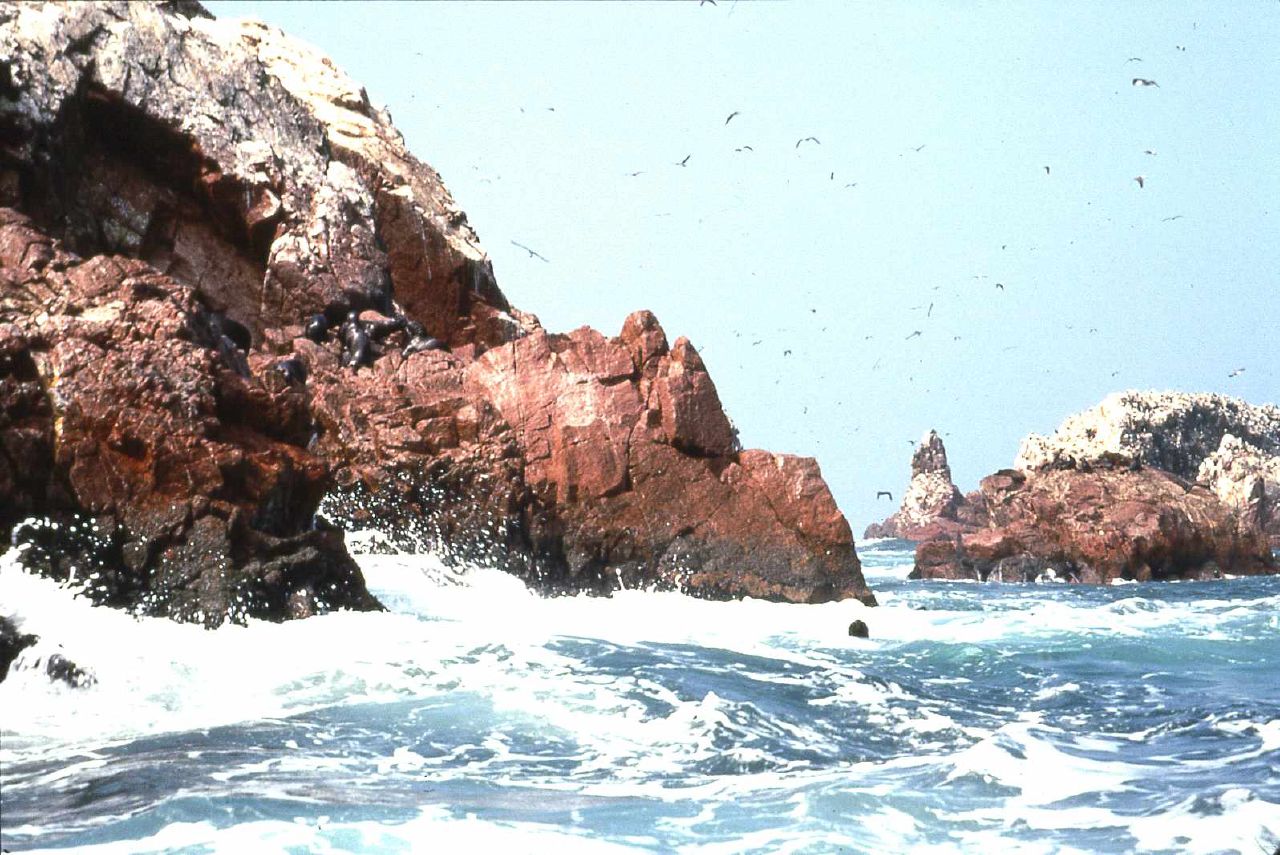
Islas Ballestas, by Don Ball
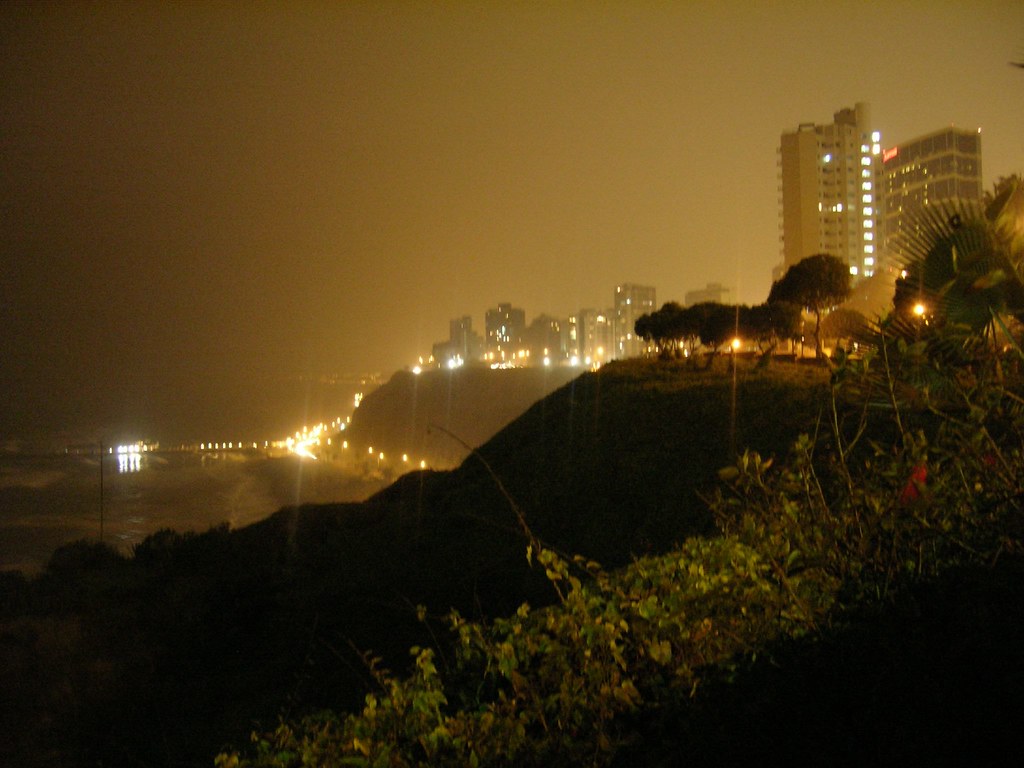
Miraflores by night, by Don Ball
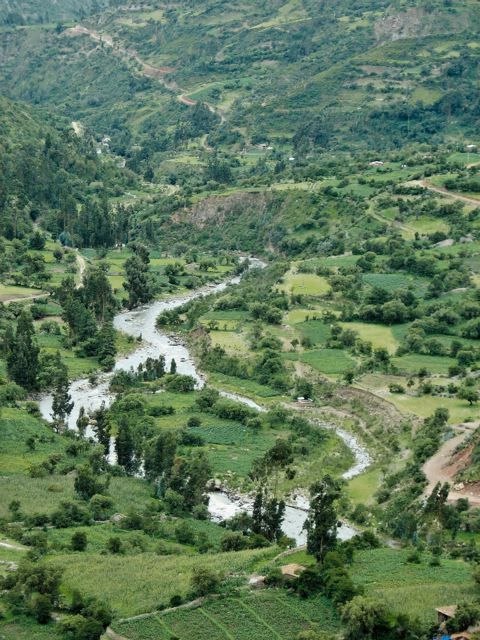
Paccha River Valley from above, by Fundación Comunidad
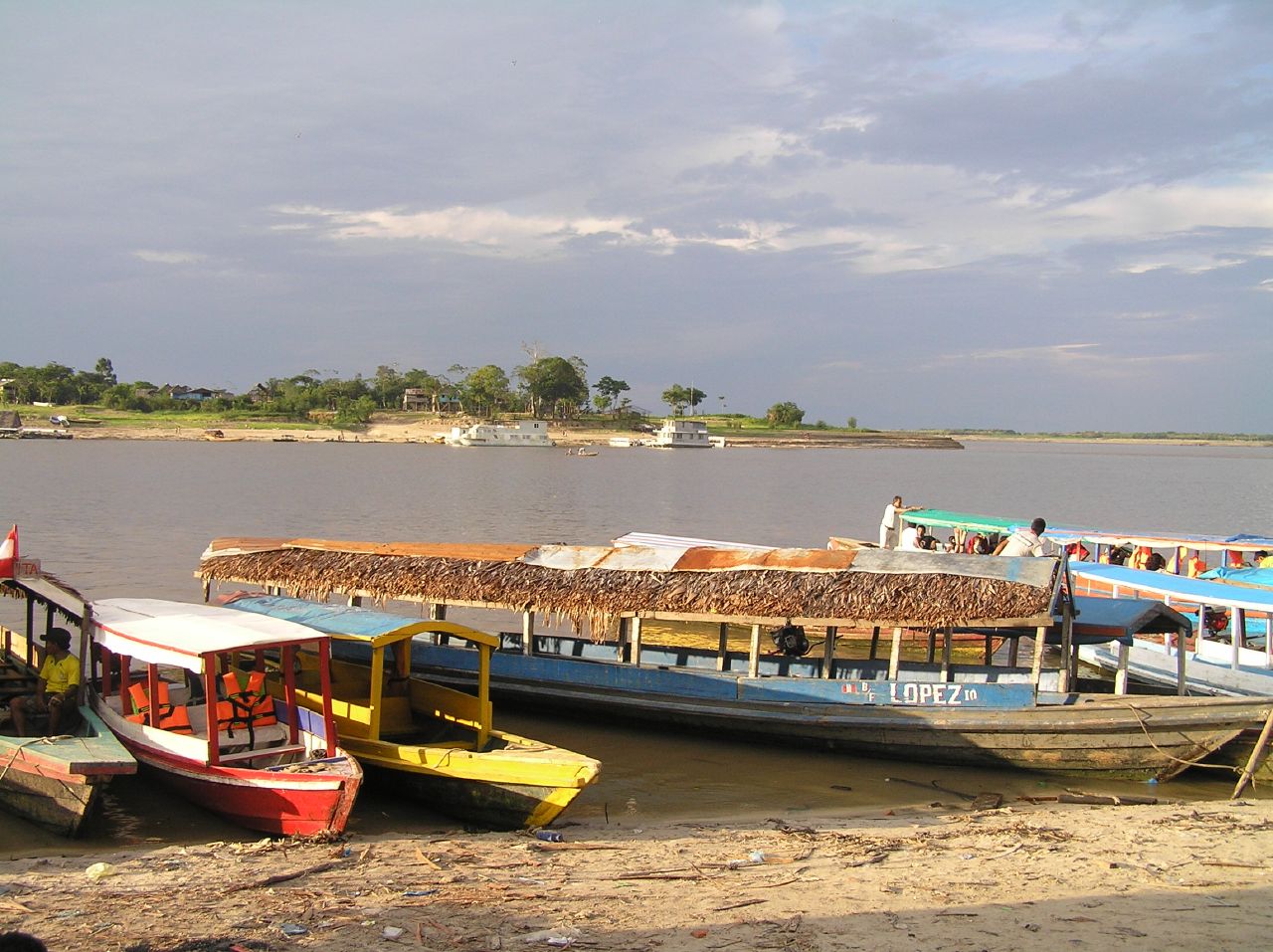
Nanay, rio Nanay, by pierre pouliquin

Cordillera Central, by La Cronista de los Andes
6.11.2008
Bingham's Belloq

An 1874 map of the Urubamba Valley near Machu Picchu, which researchers claim identifies the archaeological site.
I never believed that Hiram Bingham actually "discovered" Machu Picchu. He was simply the first non-native to bring the ruins to the world's attention. And he may still hold that honor. However, according to an article by the Telegraph, he wasn't the first gringo to visit the site.
According to an article in the Telegraph, a German adventurer named Augusto R. Berns not only "discovered" the site but looted it with the permission of the Peruvian government in 1867 -- some four decades before Bingham. This explains the paucity of artifacts Bingham found after clearing the site.
So, what did he find? Any of the legendary lost treasure of the Incas? (The Incas supposedly hid many treasures in order to keep them out of the hands of the Spaniards.) Well, if he did, there's no record of it. So, the researchers who broke the Berns story are hoping to find the whereabouts of the loot by tracking down descendants of Berns and his associates.
Personally, I wonder if some pieces -- maybe even the mummy of the Inca emperor Pachacuti himself -- haven't been sitting secretly in private collections in Europe for all this time. It's a treasure hunt worthy of Indiana Jones himself.
Read: Machu Picchu 'ransacked 40 years before its discovery'
6.02.2008
Dem's fightin' words

Solanum Tuberosum, uploaded by FoodCultura
Ok, Chile. You can sack Lima, burn down the national library and even attempt to abscond with the bragging rights for Pisco. But don't even try to lay claim to the potato.
According to Marigen Hornkohl, Chile’s agriculture minister: “Few people know that 99 percent of the world’s potatoes have some type of genetic link to potatoes from Chile.”
Of course what's left out is the fact that those potatoes from Chile came from north of the border.
The last war between Chile and Peru was over guano. The next one might be over verbal guano. I propose spud guns at 50 paces to settle this whole matter. And then wash it all down with Peruvian Pisco and Chilean Carmenere.
Read Chile and Peru Vie in Spat Over Spud, in the NYTimes.
5.31.2008
Here we go again?
 I have to admit, I haven't been keeping up on the news coming out of Peru's anti-insurgency and anti-narcotrafficking efforts. I probably should brush up at the Plan Colombia and Beyond blog or the Narco News Bulletin.
I have to admit, I haven't been keeping up on the news coming out of Peru's anti-insurgency and anti-narcotrafficking efforts. I probably should brush up at the Plan Colombia and Beyond blog or the Narco News Bulletin.Like most observers, I figured that Sendero was a bad, but increasingly distant memory. But I see today that the AP reports an increase in Sendero activity in the Apurimac valley. Chilling, in light that I'll be heading there in a few weeks. Not to that valley, thank you very much, but to an area a couple hours outside of Ayacucho, which saw more than its fair share of Sendero and army massacres back in the 80s-90s.
It's interesting to read in the article that some villagers still regard Fujimori as a hero for bringing down Sendero before he fled the country in shame. Perhaps it's the folks who were visited by the guerrillas and escaped reprisals by the army. And perhaps that's just the nature of things, that in this kind of war, there is no black and white, that a guy like Fujimori, while authorizing war against his own fellow citizens, also did in fact succeed in decapitating one of the most frightening guerrilla movements since the Khmer Rouge.
- Read Peru's Shining Path guerrillas on the rise again
- Check out my niece Melissa's blog post about attending Fujimori's trial. She's doing a fantastic job on her blog of chronicling her first visit to Peru. Can a career in journalism be far behind?
- Find out about Foundation Comunidad, a group I recently joined, that is bringing schools, books (and teachers' dirty looks?) to some villages that were hard hit by the Sendero-FAP civil war.
2.16.2007
More nostalgia

Capture from "Lima," a 1944 documentary on the City of Kings.
The tireless Alejandro at Peru Food turned up some interesting and ancient documentary footage on YouTube. It's a documentary from the 1940s about Lima that was put together by a U.S. agency, the Office of the Coordinator for Inter-American Affairs (quite possibly the only agency in our government that used its funds to document, rather than overthrow Latin America).
I'm quite intrigued watching this film because it shows the Lima my mother describes when she reminisces about her youth.
It's funny, this nostalgia we have for earlier times. Because while my mother lived in the Lima shown in this film, she grew up reading Ricardo Palma and thus has a certain nostalgia for the Peru of the mid to late 1800s. It's always the thing you can't have, isn't it?
There's quite a bit to comment on in this film. But the part I found a bit strange was the long segment on the siesta. I've always felt that North Americans have made too much of this tradition, and that is too often portrayed as some kind of naptime and not simply an extended family meal break. (Even Wikipedia in its definition of siesta seems to focus on the sleep aspect and not it's larger cultural context.) I'm sure this territory has been trampled by countless Area Studies graduate students, but it seems to me that siesta is code for "lazy."
Watch:
Part 1
Part 2
Part 3
Newsflash: Hot peppers predate meatloaf

Ajies andinos (Andean peppers) Photo by Don Ball.
By Jeffrey Jones Thu Feb 15, 3:00 PM ET
CALGARY, Alberta (Reuters) - Here's a hot, new discovery: archaeologists have traced what they believe is evidence of the first home-grown chili peppers, used in South America 6,100 years ago.
And it was people in tropical, lowland areas of what is now western Ecuador who first spiced up their cuisine, not those from higher, drier Mexico and Peru as was previously assumed, said Scott Raymond, a University of Calgary archaeologist.
His team, led by Linda Perry, researcher with the Smithsonian National Museum of Natural History, made the finding by analyzing starch microfossils from grinding stones and charred ceramic cookware recovered from seven sites in the Americas. Their report is published in the journal Science.
"What's very satisfying about this evidence is that it comes from residues on pottery, so the association of these crops with food, with the pots and with the dates is all very tight," he said. "We can, without any kind of reasonable doubt, argue that these plants were there at that time."
The pepper species cultivated in the villages -- the earliest known settlements in the Western Hemisphere -- grew naturally only to the east of the Andes. That means that the people in the villages of the tropical region transported them across the mountains to grow them, Raymond said.
12.05.2006
Reggaeturkaton

Friends & Family, the latest album by Turkish percussionist Ayhan Sicimoglu.
Whoa boy. You know how you occasionally run into a piece of music that stops you in your tracks? It was like that for me the first time I heard Radio Tarifa, Inti Illimani or NovaLima.
Listening to MPR today, I heard a short piece about a Turkish percussionist who's a veteran of New York's salsa scene. His name is Ayhan Sicimoglu. Upon returning to Istanbul, he started cranking out a blend of music that brings together Latin and Turkish music. Actually, that's not an accurate description. It's more like he lays a base of solid Latin rhythm (Salsa, Merengue, Reggaeton) and weaves elements of Turkish instrumentation throughout (imagine a Turkish bagpipe, or Tulum, playing over a Carribean beat). I'm sure it's more complex and synthetic than that. Regardless, it's really worth a listen. My favorite so far is Reggaeturkaton, which takes Reggaeton to a level I never imagined. Not far behind is Esperare (the classic Te Esperare).
Listen to samples and download the album at Calabash Music.
12.01.2006
Lima: the tourist version
I don't mean to knock this video, because it actually does give a fair view of the city through the eyes of someone who's taking a guided tour. Nothing wrong with that.
But contrast this with the traffic jam video I posted earlier. Same city, just different facets.
Traffic jam in Lima
One day this June, as Sophie and I were being chauffeured by my dear Tía Chabuca to downtown Lima, we got caught in a temporary traffic snarl, made worse by an ambulance trying to push through. In fact, you can hear the ambulance driver on his PA system urging other drivers to clear the way. Yeah, right.
Is it possible to pine for noise pollution? When I watch this, I long to feel the jolt of energy that only a city like Lima can provide.

